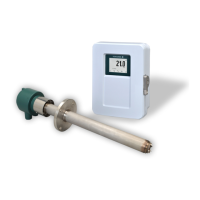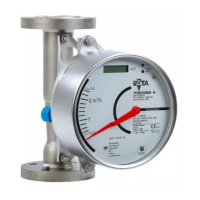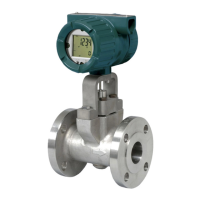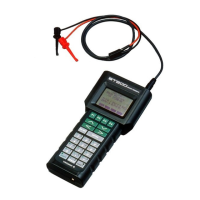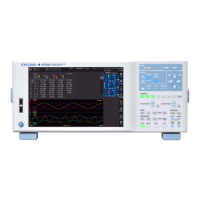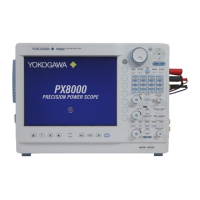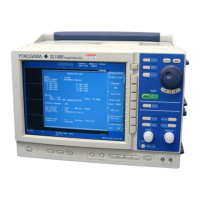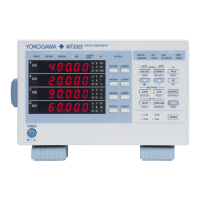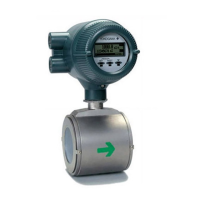<12. Troubleshooting>
12-12
IM 11M12G01-02EN 1sh Edition : Mar. 25, 2021-00
12.3.2 The measured value is lower than the actual value
(higher in the case of a hygrometer).
<Cause and remedy>
(1) The pressure of the measured gas decreases.
measures according to (1) in section 12.3.1.
(2) The amount of water contained in the comparison gas changes greatly (decreases).
If the air at the detector installation site is used as a comparator gas, a large change in
the amount of water contained in the air may result in errors in the measured oxygen
concentration (vol%O
2
) and humidity (vol%H
2
O or kg/kg).
If this error cannot be ignored, use a gas with a constant moisture content, such as instrumented air
that is almost dry, as the comparison gas. Changes in the amount of water in the combustion exhaust
gas can also be considered as an error factor. Normally, this amount of error is negligible.
(3) Calibration gas (zero gas) is leaking into the detector
If zero air leaks into the detector, e.g. due to a defective valve installed in the calibration gas
piping system, the measured value will be lower.
Check the valves in the calibration gas piping system for leaks. For manual valves, check
that the valve is fully closed before checking for leaks.
(4) Combustible components exist in the measured gas.
If there is a combustible component in the measurement gas, it will burn in the sensor and
(5) The detector cell temperature is 750°C or higher.
If the measured gas leaks into the comparison gas side for some reason, the thermocouple
may be corroded and the temperature of the sensor may become 750°C or higher. If the
measured gas leaks into the comparison gas side for some reason, the thermocouple may
be corroded and the temperature of the sensor may become 750°C or higher.
12.3.3 Measured values occasionally show abnormal values
<Cause and remedy>
(1) Noise comes in from the detector output wiring.
Ensure that the transmitter and sensor are properly grounded.
Check that the signal lines are not routed along other power lines.
(3) Poor contact of wiring.
Poor contact in the wiring may cause the electromotive force of the sensor or thermocouple
to change due to vibration, etc. Check that the wiring connections are not loose and that the
crimped part of the crimp terminal is not loose.
(4) Combustible components in the measured gas enter the sensor.
(5) There is a crack in the sensor or a leak in the sensor mounting part.
(6) There is a leak in the calibration gas piping
the furnace internal pressure, check the calibration gas piping for leaks.

